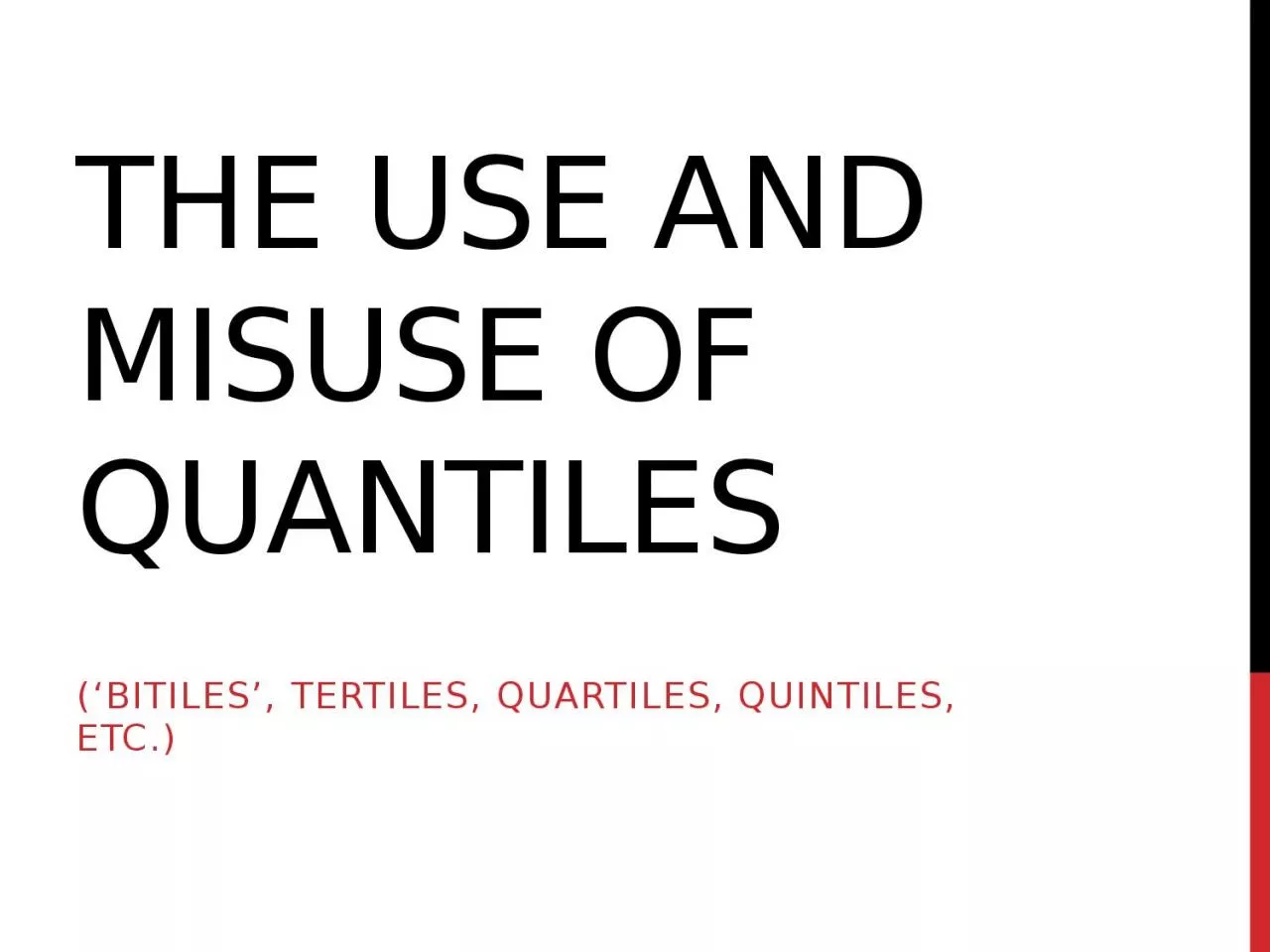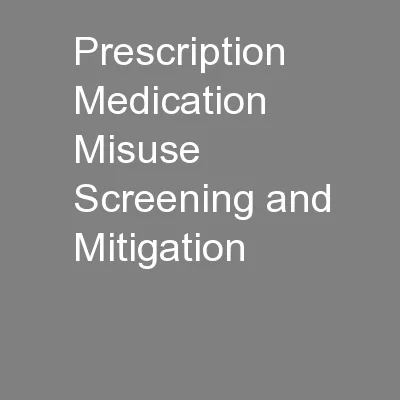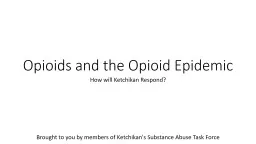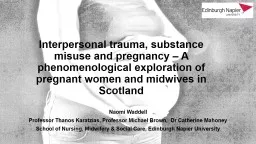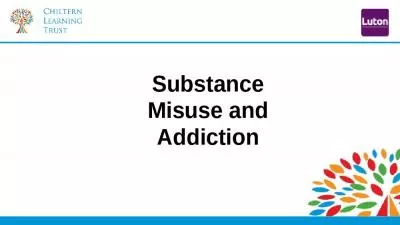PPT-The Use and Misuse of Quantiles
Author : garcia | Published Date : 2024-03-15
bitiles tertiles quartiles quintiles etc Disclaimer I have engaged in some of the practices that I describe as less than optimal in this talk I will likely
Presentation Embed Code
Download Presentation
Download Presentation The PPT/PDF document "The Use and Misuse of Quantiles" is the property of its rightful owner. Permission is granted to download and print the materials on this website for personal, non-commercial use only, and to display it on your personal computer provided you do not modify the materials and that you retain all copyright notices contained in the materials. By downloading content from our website, you accept the terms of this agreement.
The Use and Misuse of Quantiles: Transcript
Download Rules Of Document
"The Use and Misuse of Quantiles"The content belongs to its owner. You may download and print it for personal use, without modification, and keep all copyright notices. By downloading, you agree to these terms.
Related Documents

